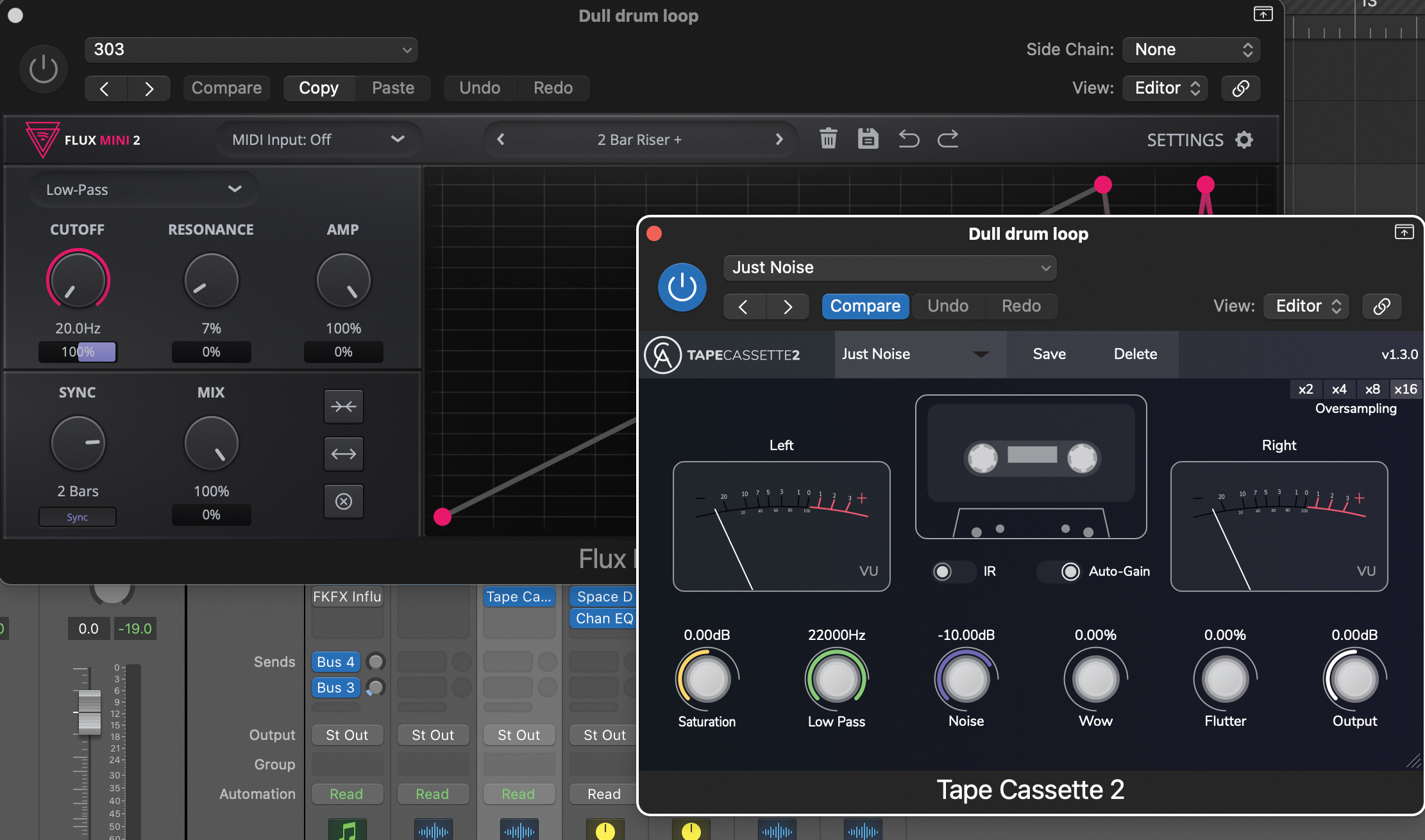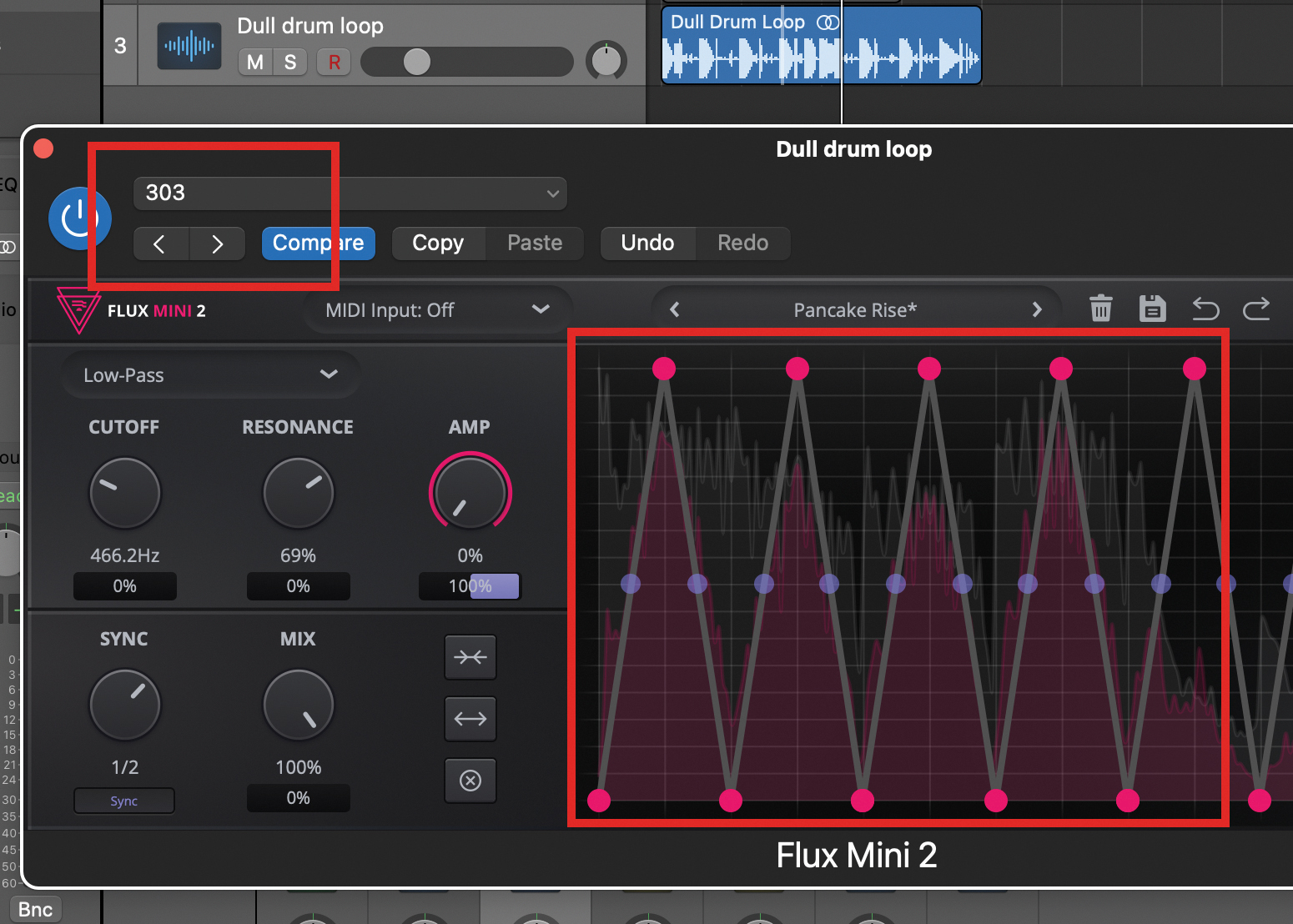How to spice up drum loops with Caelum Audio's free plugin Flux Mini 2
Flux Mini 2 breathes new life into loops with creative filtering. Here's how to use it

Using a filter plugin on drum loops has been a common technique since jungle and drum & bass first emerged in the ’90s, but it’s a little over-used.
However, Flux Mini, a free plugin from Caelum Audio, breathes new life into it by adding more subtle and evolving elements.

Start by loading in a drum loop into your DAW – it doesn’t matter how dull it is!

We’ll use Caelum Audio’s great freebie Flux Mini 2 to liven up the loop in subtle and very unsubtle ways. And while you’re downloading that from Caelum’s website, you might as well grab its Tape Cassette 2 plugin while you’re at it, as that’s pretty decent, too, and we’ll throw that on the loop at the end!

With a preset like 2-bar riser you get that classic filtered beat effect, as the filter frequency rises as the loop cycles. It’s good, but we want something a little more interesting and less 1990s.

Flux Mini 2 allows you to adjust how the effect syncs to bar divisions and if you lower this, the effect becomes a more rhythmic one, almost swaying with the loop for a much more contemporary texture. Adjust the Sync to 1/2 or less – 1/8 is good for a swing beat – or load in one of the Fakechain presets to hear it even better.

The beauty of Flux Mini 2 is that you can draw in your own envelopes to change the filter. Here we went a bit crazy and drawn in one that creates a great shuffling effect, and when applied to a simple bass sound, makes it very 303-like… hence the name!
Want all the hottest music and gear news, reviews, deals, features and more, direct to your inbox? Sign up here.

Finally we’ll use Tape Cassette 2 which could not only add yet more frequency fluctuations but classic noise and hiss, plus wow and flutter. It’s the cheapest way to get the effects we were trying to get rid of 30 years ago.
Andy has been writing about music production and technology for 30 years having started out on Music Technology magazine back in 1992. He has edited the magazines Future Music, Keyboard Review, MusicTech and Computer Music, which he helped launch back in 1998. He owns way too many synthesizers.
